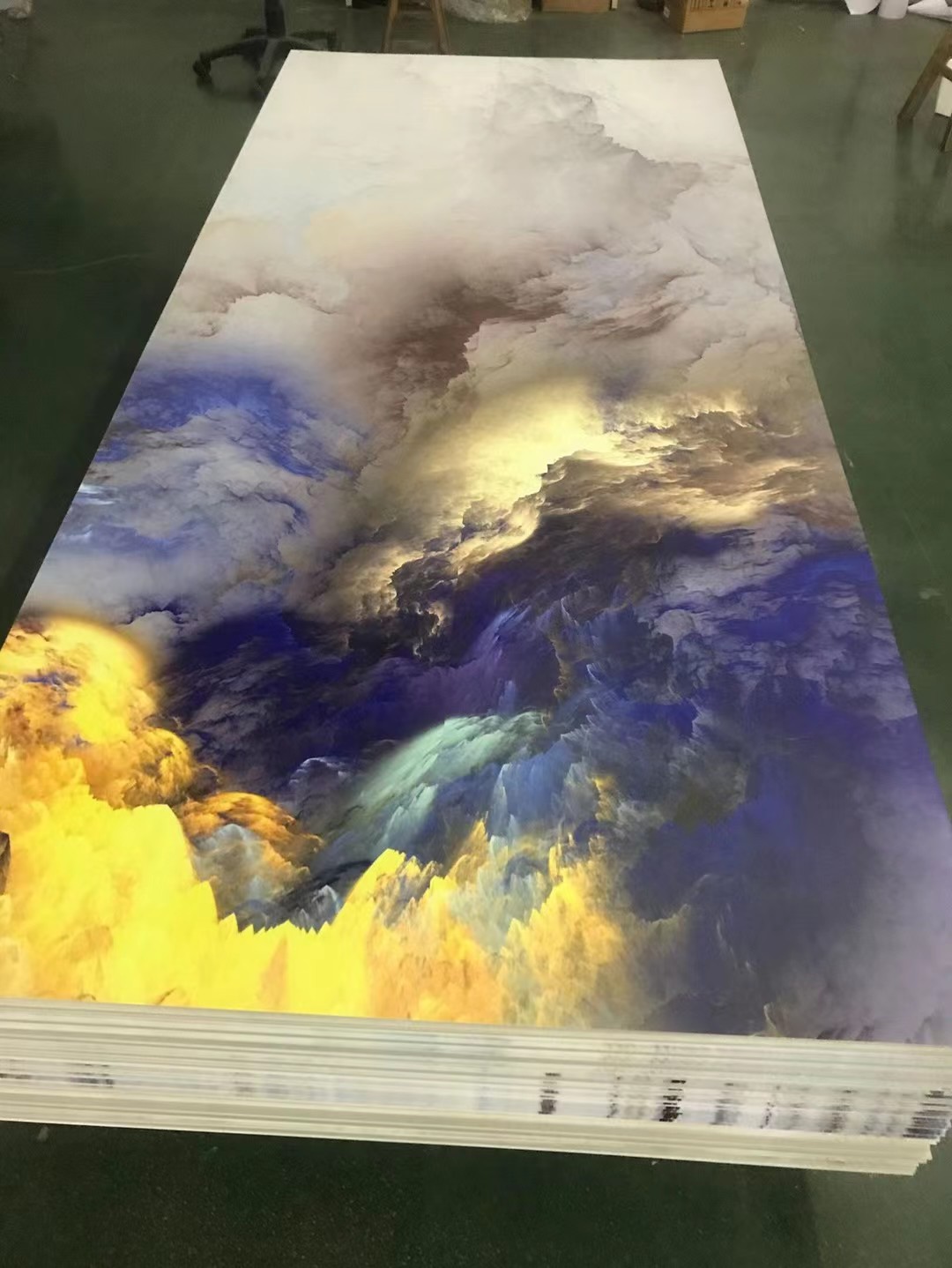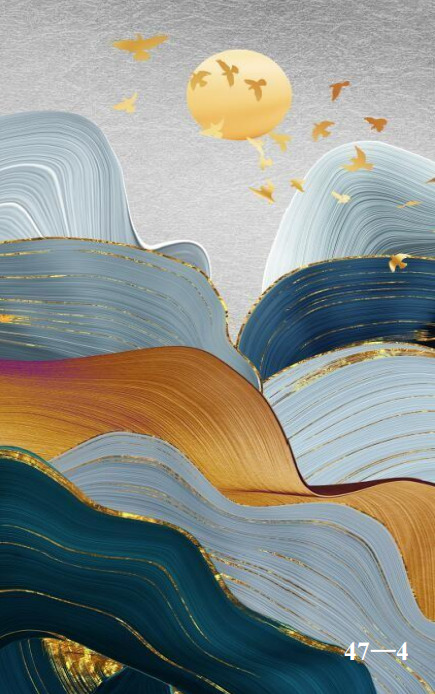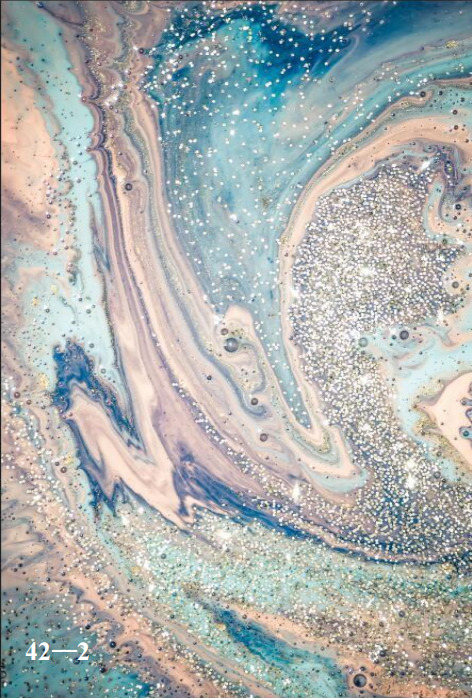
In recent years, 3D PVC marble sheets have become a popular choice for interior designers, architects, and homeowners due to their realistic appearance, durability,
and cost-effectiveness compared to natural marble. These sheets mimic the elegance of genuine marble while offering easy installation and maintenance.
However, the intricate manufacturing process behind these remarkable products often remains hidden from the public eye.
This essay delves into the fascinating world of 3D PVC marble sheet production, shedding light on the technology, materials, and craftsmanship involved.
Understanding this process is crucial in appreciating the innovation and creativity that go into creating these versatile design elements.
I. The Foundation: Raw Materials Selection
The first crucial step in manufacturing 3D PVC marble sheets involves the careful selection of raw materials.
The primary components include PVC resin, stabilizers, plasticizers, and pigments. PVC resin is the core material, providing the sheet’s strength and flexibility.
Stabilizers are added to enhance weather resistance and improve dimensional stability, ensuring the sheets remain intact under various conditions.
Plasticizers lend the sheet its flexibility, making it easier to bend and shape during production.
Pigments are responsible for creating the realistic marble patterns and colors. Manufacturers aim to use high-quality raw materials to produce sheets that accurately replicate the beauty of natural marble.

II. Extrusion and Printing: Creating the Visual Appeal
The second phase of the manufacturing process involves extrusion and printing, where the 3D effect is brought to life.
During extrusion, the selected raw materials are mixed and heated to form a molten compound.
This compound is then pushed through a shaping die, which determines the sheet’s width and thickness.
Advanced machinery allows for precise control of the extrusion process, ensuring uniformity across the entire sheet.
Next comes the printing stage, where the intricate marble patterns are transferred onto the PVC sheet.
High-resolution images of natural marble slabs are digitally scanned and stored in the production system.
Using specialized printing equipment, the patterns are meticulously applied to the sheet’s surface, replicating the unique veining and color variations found in real marble.
The technology used in this process is crucial to achieving the lifelike 3D effect that sets these sheets apart from standard printed designs.
III. Embossing and Lamination: Adding Texture and Strength
To enhance the authenticity of 3D PVC marble sheets, the embossing and lamination stages play a significant role.
Embossing involves the use of specially designed rollers that apply pressure to the printed surface, creating realistic textures that mimic the feel of natural marble.
This process ensures that the sheets not only look convincing but also have a tactile quality that closely resembles genuine stone.
After embossing, the sheets undergo lamination, where a transparent protective layer is added to shield the printed design and provide extra durability.
This layer protects the sheets from scratches, stains, and UV radiation, making them suitable for a wide range of indoor applications.
Proper lamination guarantees the long-lasting performance and aesthetics of 3D PVC marble sheets.

IV. Cutting and Quality Control: Ensuring Perfection
Once the sheets are fully formed, they move on to the cutting stage.
Advanced cutting machinery ensures precise dimensions and shapes according to customer specifications.
These machines are programmed to minimize waste, making the process environmentally friendly and cost-effective.
Before the final products are packaged and shipped to customers, stringent quality control measures are applied.
Skilled technicians inspect each sheet for defects, ensuring that only flawless products reach the market.
This rigorous quality control process guarantees that consumers receive high-quality, consistent, and reliable 3D PVC marble sheets for their interior design projects.
The manufacturing process of 3D PVC marble sheets is a remarkable blend of artistry, technology, and precision engineering.
From the careful selection of raw materials to the intricacies of extrusion, printing, embossing, and lamination, each step plays a vital role in creating these versatile and elegant design elements.
The attention to detail, craftsmanship, and quality control behind the scenes ensure that 3D PVC marble sheets bring a touch of luxury and sophistication to countless homes and commercial spaces worldwide.
Understanding the manufacturing process behind these products not only fosters an appreciation for the craftsmanship involved but also
empowers consumers to make informed choices when selecting materials for their interior design projects.
